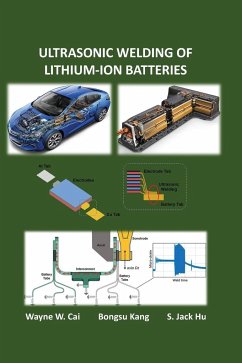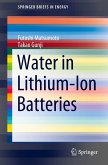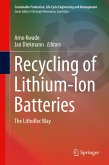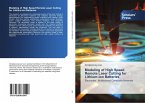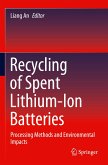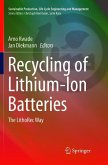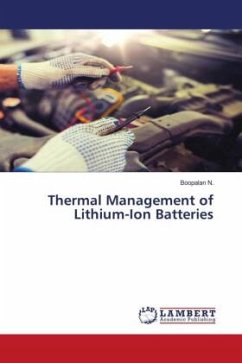This book seeks to make an original contribution to the knowledge base underpinning ultrasonic metal welding (USMW), particularly for the manufacturing of lithium-ion (li-ion) battery cells, modules, and packs as used in electric vehicles. The contributors to the book represent a team of leading experts in the field. Since its commercialization in the early 1990s, the lithium-ion (li-ion) battery has seen rapid growth due to its advantages of high voltage and high power/energy density. The growth has become particularly strong during the past decade with the development of li-ion battery powered electric vehicles. The book focuses mainly on two-layer and multi-layer aluminum (with and without anodizing) and copper (with and without nickel coating) welding configurations. Thus, its value to the practitioners in li-ion batteries and battery electric vehicles is self-evident. The theories and methods presented in the book are highly transferable and extendable to all other li-ion battery applications, and can be of significant values to battery manufacturers and the electric vehicle industry in general. Furthermore, the new knowledge generated can drive the development of such innovative technologies as single-sided USMW, and thermally enhanced USMW for multiple layers of thick-sheets and hard-to-weld materials. It is expected that the book may have even broader implications in understanding and developing more effective solid state joining processes such as cladding, impact welding, friction stir welding, and ultrasonic consolidations for additive manufacturing, which are all strongly governed by the similar solid-state physics.

